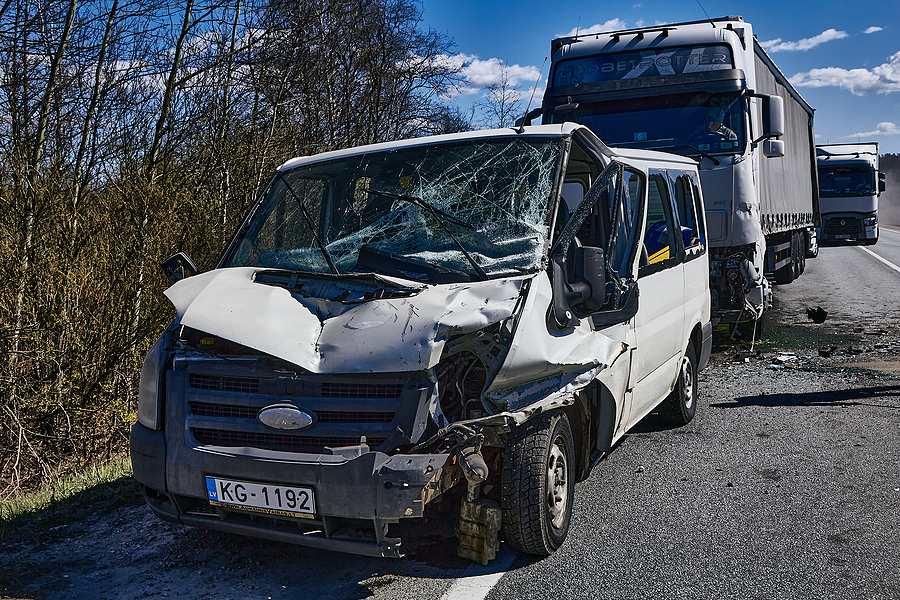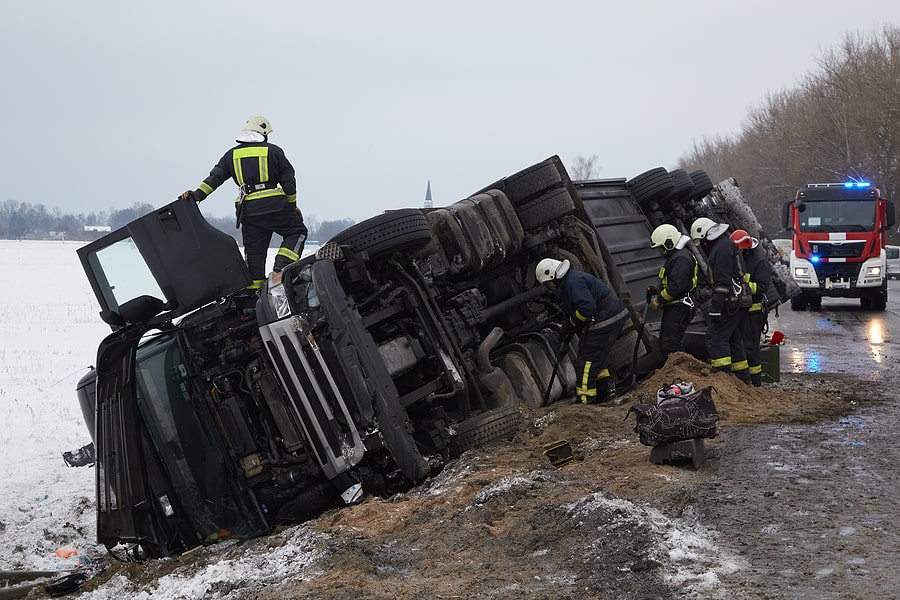 Truck accidents are virtually always life-threatening events. The truck outweighs your car by 20 to 40 times, and who knows what is in it. So, if you walk away from the accident, you might be feeling pretty lucky
Truck accidents are virtually always life-threatening events. The truck outweighs your car by 20 to 40 times, and who knows what is in it. So, if you walk away from the accident, you might be feeling pretty lucky
Lucky, that is, unless the truck carried hazardous or toxic materials. When that kind of truck is in an accident, often its contents are released from the truck and can cause all sorts of adverse consequences.
For a free legal consultation, call 516-451-7900
Hazmat Trucks
A hazmat (hazardous materials) truck can carry solids, liquids, or gasses. According to the federal government, a hazardous material is, among other things, anything capable of causing an unreasonable risk to human health or safety when transported by a vehicle.
Examples include flammable liquids, explosives, corrosive materials, radioactive materials, and poisons. Transporting these materials is highly regulated by the federal and state governments to protect the public.
Tanker Trucks
Tanker trucks are a subset of hazmat trucks. While they can carry substances as innocuous as milk, they can also have loads of highly flammable, corrosive, or poisonous liquids that can be dangerous as both liquids and gasses once dumped onto the roadway in an accident.
Click to contact our personal injury lawyers today
Federal Rules for Hazmat Transportation
The federal Department of Transportation (DOT) has the authority to regulate the transportation of hazardous materials under the Hazardous Materials Transportation Act (HMTA). Under regulations drafted by the Pipeline and Hazardous Materials Safety Administration (PHMSA), the federal government can inspect and examine the records and property related to the transportation or ship of hazardous materials in commerce.
The special inspectors cannot be denied access to any areas within the scope of their duties. This inspection authority belongs to the FAA, FMCSA, Federal Railway Administration, PHMSA, and the US Coast Guard.
In the last several years, the US harmonized its regulations with international laws to ease international trade and keep the US competitive. In 1998, the federal rules were made applicable, with a few exceptions, to intrastate transportation (not just interstate).
Complete a Free Case Evaluation form now
Hazmat Permitting
The FMCSA requires motor carriers who transport hazardous materials to obtain a Hazardous Materials Safety Permit (HMSP) before transporting certain goods.
The permit covers:
- A highway route-controlled quantity of radioactive material;
- More than 55 pounds of certain explosives, whether or not requiring placarding
- More than one liter per package of a material poisonous by inhalation or similar material in bulk packaging, or other such materials in amounts greater than 3,500 gallons
- A shipment of compressed or refrigerated liquefied methane or liquefied natural gas, or other liquefied gas with a methane content of at least 85 percent, in a bulk packaging having a capacity equal to or greater than 3,500 gallons.
Failure to obtain the required permits can result in civil and criminal fines.
Types of Hazardous Materials Transported
There are different classes of hazardous materials that trucks commonly transport, including:
- Class 1 Explosives – Anything that can blow up, become a projectile, blasting agent, or detonator:
- Mass Explosive Hazard
- Projection Hazard
- Mass Fire Hazard
- Minor Explosion Hazard
- Very Insensitive Explosives
- Extremely Insensitive Explosives
- Class 2 Gasses:
-
- Flammable Gasses
- Non-Flammable Gasses
- Poisonous or Toxic
- Class 3 Flammable Liquids
-
- Gasoline, diesel, jet fuel, motor oil, kerosene, ethanol
- Materials with a flashpoint of less than 141 degrees Fahrenheit
- Class 4 Flammable Solids
-
- Sulfur, charcoal, aluminum powder, magnesium
- Spontaneously combustible materials
- Class 5 Oxidizing Substances:
-
- Organic peroxides
- Oxidizers
- Class 6 Poisonous (Toxic) and Infectious Substances
-
- Rat poison
- Biological materials (pathogens)
- Class 7 Radioactive Materials
- Class 8 Corrosives:
-
- Strong acids or bases
- Class 9 Miscellaneous Dangerous Goods :
-
- Lithium batteries
- Dry ice
- Environmentally hazardous substances
- Elevated temperature materials
- Hazardous waste
- Marine pollutants
Consumer commodities are materials packaged and distributed in a form intended for or suitable for sale through retail sales. A particular hazardous material may qualify as a consumer commodity.
The truck shipping such materials must have shipping papers, be appropriately marked per DOT regulations, and include specific other additional markings according to regulations.
Training Requirements
Divers must train before they can operate trucks that carry hazardous cargo.
Subjects that training must cover include:
- General awareness/familiarization
- Function-specific training (training for the individual job function)
- Safety training
- Security training
Why Are Hazmat Accidents More Dangerous?
As you’ve seen, hazmat trucks carry an enormous variety of hazardous materials classified by the damage they can do. When released into the environment or on the road, they can cause significant injuries. If the material is a liquid, it may cause other drivers to skid and collide. A tank filled with liquid can cause a rollover accident that may be sufficiently serious to cause a spill releasing the hazardous liquid.
Toxins and hazardous materials can act instantly or, more insidiously, they can take time to show their effect. After a truck accident, you’re inventorying your physical injuries. But in a spill, don’t forget to consider the possibility of a hazmat injury.
Potential Injuries
Truck injuries are life-changing. Broken bones, traumatic brain injury, spinal cord injury, and many other conditions are par for the course. Different injuries occur in a hazmat accident.
Fire or explosion hazard
Gasoline and propane can catch fire or cause an explosion or fire that inflicts burns or fatalities. Not only does this impact the vehicles directly involved in the accident, but it also harms others anywhere in the immediate area, as well as first responders at the scene.
A burn injury caused by touching something hot can be mild and contained to the skin layer. But burns from an explosion or vehicle fire are far more likely to be third-degree burns, leading to scarring, disfigurement, loss of mobility, or death.
Next time you’re on the highway, look closely at the big rigs you pass. The next time you pass a big truck, you’ll notice they have pipes underneath or on the sides. These are wet lines used to load the fuel on and off the truck. There can be up to 50 gallons of fuel in those lines when the truck is in motion.
The wet lines are on the outside of the vehicle, meaning that a car might hit a wet line in a collision. If so, the gas can spill onto the road and other vehicles. Gas on the pavement is slippery. You can quickly lose control of your car. The other cars around you can also lose control, leading to a multi-vehicle pileup.
Fifty gallons of gas on the road can also create a fire of 5,000 square feet. In other words, just the leftover gas contained only in the wet line on one side of a truck can cause a devastating fire leading to millions of dollars in damages, severe injuries, or fatalities.
Airborne substances
One of the primary dangers of gasses is that once the gas has leaked into the air, No one can contain it. Toxic fumes can travel miles beyond the accident scene depending on the wind and climate.
Exposure to toxic gas can lead to temporary or minor skin or eye irritation. Unfortunately, it can also cause long-term untreatable respiratory and neurological conditions. Depending on the type of gas, saturation of the air, and the surrounding climate, a toxic gas leak can affect people at close range or even people in their homes many miles away.
Radioactive Materials
If you were in a truck accident that released radioactive materials, you can sustain immediate injuries or they can insidiously hide inside you for years.
Radioactive materials can produce very severe and difficult to treat radiation burns. They can also induce nausea, vomiting, and other symptoms of acute radiation poisoning. Long-term health issues such as cancer, cardiovascular disease, fertility issues, and congenital disabilities are also common. Cell damage, cataracts, and changes in blood chemistry can also happen.
If no one else appears to have done so, make sure that you (if you can) or someone at the scene notifies the authorities of the hazmat incident involving radioactive materials. Make certain law enforcement or the government receives as many details as possible, including the location, the cargo, name, and number you (or whoever) are calling from, the number of injured and the seriousness of their injuries, and anything else that seems relevant. The caller should stay on the phone until the authorities arrive.
The authorities will take steps to isolate the area and the potential injuries. Radioactive materials released in an accident can spread very widely. Stay at the scene, but do not make any effort to clean up any spilled radioactive materials.
What to Do After a Hazmat Accident?
Make sure to take any medical services offered. Go to the hospital. If no one offers to take you or send you, get there on your own as soon as possible. Some of your symptoms can take a long time to appear, so make sure that the medical personnel understands what happened to you as fully as you can.
Then, because liability is a complicated matter in hazmat accidents, and because you don’t yet know how sick you or your family will be, get an experienced hazmat truck accident lawyer who will understand the issues in cases like yours.
Who Is Liable?
The first issue to figure out so that you can receive compensation for your injuries is who might be liable. A robust investigation, and knowledge of the legal issues applicable to hazmat truck accident cases, is essential to accomplishing this vital task.
It is also essential to know that additional safety rules apply to all vehicles that use U.S. roadways and the general rules of the road that apply to truck accidents. Special safety rules—found in state traffic laws and FMCSA hazmat regulations—help to find and hold the responsible parties to account.
Hazmat accidents result from many different causes, meaning that many other parties can be liable. If the accident happened because of the driver’s negligence, you can hold the driver (and probably the employing trucking company) liable. Some acts that demonstrate that liability might include speeding, distracted driving, reckless driving, breaking traffic laws, ignoring signs or signals, driving while tired or violating FMCSA limits, or DUI.
Truckers who transport hazardous materials must have a hazardous cargo certification, proving they have the required skills and knowledge to transport hazardous materials.
They must also take other additional precautions that not all truckers observe:
- Stay near the truck in a public area
- Don’t smoke within 25 feet of the truck
- Don’t part within five feet of a public street unless there are no other options
- Turn off the vehicle to refuel and remain in control of the process.
- Inspect the tired before the journey and at every stop
Sometimes only the trucker (and employer) are at fault. However, you might hold others liable, such as the shipper of the materials, the packer, the manufacturer of the truck and its parts, and the company that maintains the truck.
Recovering Compensation
If you suffered an injury in a hazmat truck accident, you might recover compensation from multiple parties, depending on the range of liability. You can recover from the hazmat truck driver, trucking company, truck and parts manufacturers, the company or individuals that loaded the truck, and the truck maintenance company, among others.
These parties and their insurers will try to avoid liability whenever possible or, even if they accept liability, will try to minimize the money you receive. Never try to go up against these insurance companies without the right legal help. Doing so can result in a settlement for far less than you need to cover your losses.
When you are ill and suffering from the results of your hazmat injuries, you should not spend your time and energy fighting with the insurance company adjusters and lawyers representing the various potentially liable parties.
It is a far better use of your time to obtain experienced and knowledgeable counsel who understands hazmat cases and trucking liability law.
Find an attorney to be your advocate in the field and spend your time recuperating and dealing with the realities of your new world.








